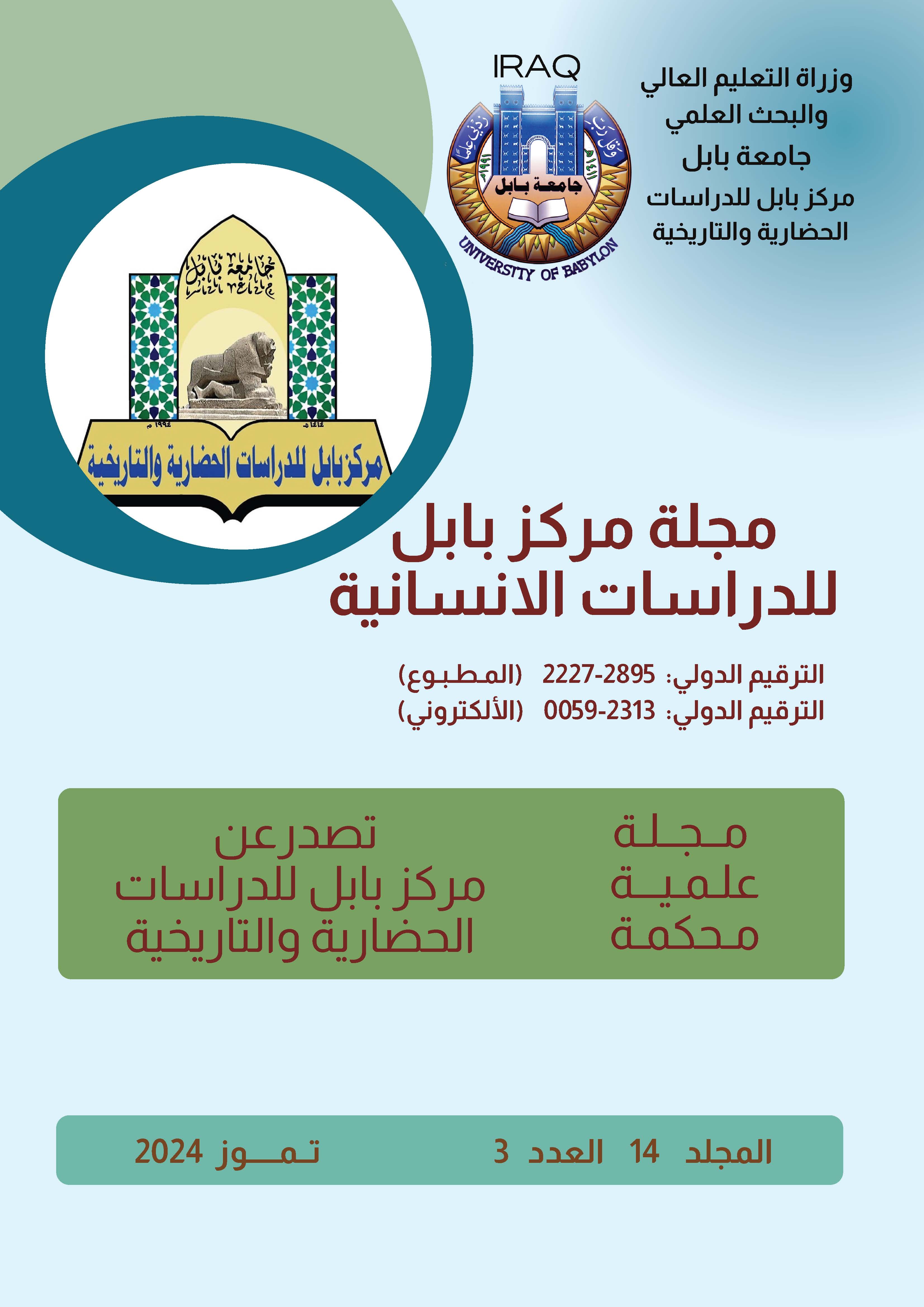Poetic image styles Nostalgic poetry in the Islamic and Umayya Eras as a model
Keywords:
patterns of poetic imagery – the Islamic and Umayyad erasAbstract
The poetic image is one of the most important characteristics of the poetic text and the severe corner in the process of poetic construction of the text, so there is no taste for poetry and no container for meanings without it. The Islamic and Umayyad eras are characterized by a remarkable poetic movement that was the result of the emergence of a new religion and the expansion of its geographical area, As a result of this expansion, the Arabs came out of their homes to new lands that they were not familiar with, which kept them away from the family and homelands, so their readings overflowed with poetry with a new style in the image and meaning called it the name of nostalgic poetry, one of the most prominent tools of this poetry is imagination based on analogy, metaphor and metonymy, the multiplicity of poetic image patterns and diversity of its clear features, and this is what the researcher tried to reveal to the reader through the analysis of poetic texts based on models of poets of the two eras. The poets of the Islamic and Umayyad eras excelled in using the poetic image and understood its uses and employment in their poetry, which created in them a distinct taste that appeared clearly in their poetic production. The simile image and its types varied between similes, which had many types, to eloquent, detailed, representational, inverse, circular, then The metaphorical image, which also varied into metaphorical, declarative, and metonymic. The poets of nostalgia paid attention to this artistic interaction, which had the greatest impact on shaping their poetic images. They began to rely on metaphor and its role and to draw from it, hoping that it would give their images more suggestive psychological connotations. The poets of nostalgia combined in their metaphors between personification and embodiment.







